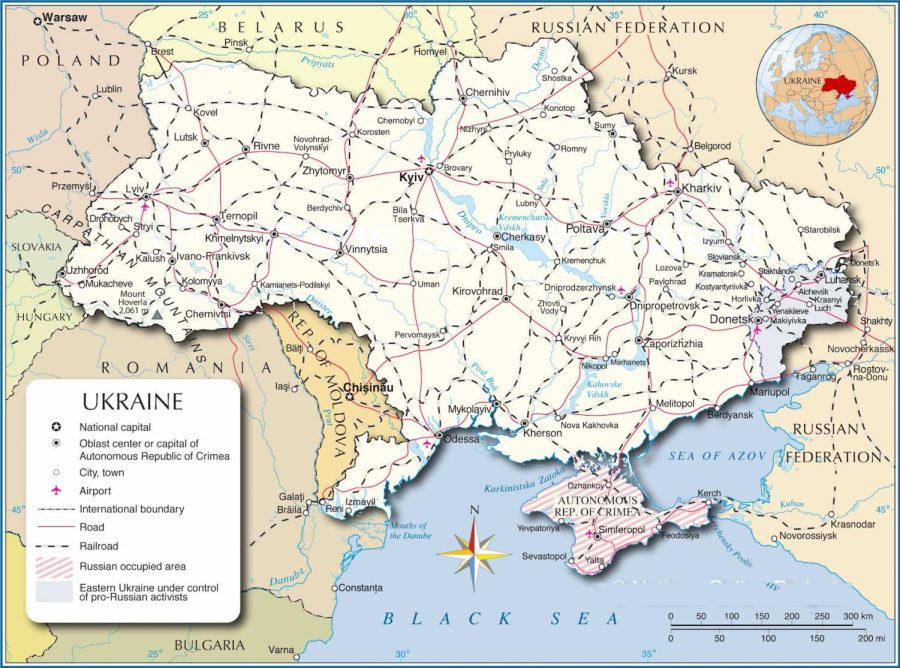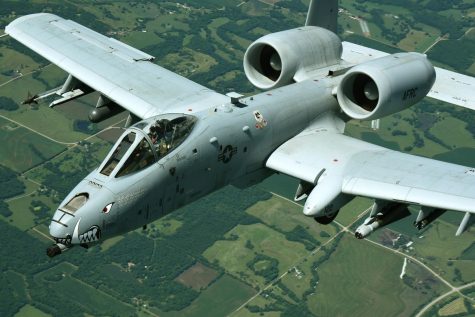Understanding the 2022 Russian Invasion of Ukraine
Before the Invasion
Back in April of 2021, BBC News reported that Putin had unleashed war against 44 million people. According to the BBC, Putin claimed that modern, western-leaning Ukraine was a constant threat. He felt that Russia did not feel safe, nor could they develop and exist.
Putin’s initial aim was to overrun and depose the country’s government. He said this would demilitarize and de-Nazify Ukraine. He said this would protect people from being subjected to bullying and genocide by the Ukrainian government. These threats fell on deaf ears, but Russia did succeed in taking over Crimea.
In October of 2021, Russia began to move their troops and military equipment near the border with Ukraine. These actions reignited concern over an invasion from Russia. Commercial satellite imagery, social media posts, and publicly released intelligence from November to December of 2021 to show their off armor, missiles, and other weaponry moving forward to Ukraine without explanation.
By December, one hundred thousand troops were placed near the Ukraine-Russia border which caused the U.S. to try to warn them of a possible invasion.
In mid-December of 2021, Russia’s foreign ministry issued a set of demands calling for the U.S. and NATO to cease any military activity in Eastern Europe and Central Asia, to commit further NATO expansion to Russia and to prevent Ukraine from joining NATO in the future. However, The U.S. and NATO allies all rejected these demands, and they warned Russia they would impose severe economic sanctions if Russia invaded Ukraine.
The U.S. later sent additional military assistance to Ukraine, including ammunition, small arms, and other defensive weaponry.
The Invasion of Ukraine
In early February 2022, U.S. President Joe Biden ordered around three thousand U.S. troops to deploy to Poland and Romania—NATO countries that border Ukraine—to counter Russian troops stationed near its border with Ukraine and reassure NATO allies.
Satellite imagery showed the largest deployment of Russian troops to its border with Belarus since the end of the Cold War. Negotiations between the United States, Russia, and European powers—including France and Germany—did not result in a resolution. While Russia released a statement claiming to draw down a certain number of troops, reports emerged of an increasing Russian troop presence at the border with Ukraine.
In mid-February of 2022, Putin again stated his claims that Russia and Ukraine should be one. He stated that he saw them as brother and sister nations, and that Russia should be in charge. Many Ukrainians disagreed as they had been inspired by their president’s words. Meanwhile, President Volodymyr Zelenskyy told Putin that they wanted peace, but if needed, they will defend their country.
The Russian President then ordered troops to Luhansk and Donetsk, separatist regions in Eastern Ukraine partly controlled by Russian-backed separatists, claiming the troops served a “peacekeeping” function. The U.S. responded by placing sanctions on the Luhansk and Donetsk regions and the Nord Stream 2 gas pipeline a few days later.
On February 24,2022, during a United Nations Security meeting, Putin announced the beginning of a full scale land, sea, and air invasion targeting Ukrainian military assets and cities across the country. Just months prior, President Zelenskyy had asked Putin to remove his forces before any invasion took place. Putin ignored the president’s request, and Russian forces began invading anyway.
Putin invaded, this time with the intention of taking over the whole country. President Biden called this attack “unjustified and unprovoked.” He has since placed more sanctions in coordination with other European allies targeting Russia’s largest banks, which is the oil and gas industry.
The World’s Response to the Invasion
The United Nations and many others continue to condemn Russia’s actions for invading Ukraine. In an emergency United Nations session, 141 of 193 member states voted to condemn Russia’s invasion of Ukraine and demanded that Russia immediately cease its use of force in Ukraine.
The United States has issued escalating sanctions on the financial assets of Putin and Sergey Lavrov, Russia’s foreign minister, removing Russian banks from the global SWIFT financial messaging system, and banning U.S. imports of Russian oil and natural gas.
The U.S. continues to commit military assistance to Ukraine; following Ukrainian President Volodymyr Zelenskyy’s address to Congress on March 16, Biden announced an additional $800 million in military assistance. Just after Russia’s invasion, Biden also ordered 7,000 U.S. troops deployed to Germany.
Negotiations and Future Outcomes
Direct negotiations between Russia and Ukraine continued in late March, reducing their military activities. Many Russian troops are still in combat in Ukrainian cities. This has led to many hospitals, urban residential areas, communication, transportation, and residential complexes being destroyed by their bombing attacks. Russia has also shifted their focus from the Kyiv and northern Ukraine to central Ukraine after suffering heavy losses.
The fighting has cost over nine hundred civilian lives and has pushed many Ukrainians to flee to neighboring countries. The majority of them arrived in Poland where US troops were preparing to offer assistance to refugees. Civilians in Mariupol–a port city in southeastern Ukraine–have been facing an ongoing humanitarian crisis with acute shortages of food, water, and heat.
Russian forces have surrounded the city for weeks with aerial bombardments that have killed hundreds of civilians. There have also been reports that the Russians have used chemical weapons in Maripol. Some fear they could use White Phosphorus (an incendiary weapon hot enough to burn through concrete).
As the fighting rages on, many are wondering what would happen if Putin doesn’t stop with Ukraine and encounters US troops in Eastern Europe.

Rosie Ellis (she/her), 22, is originally from Lexington, Miss., but later moved to Greenwood, Miss. after the passing of her mother in 2016. As a high...




